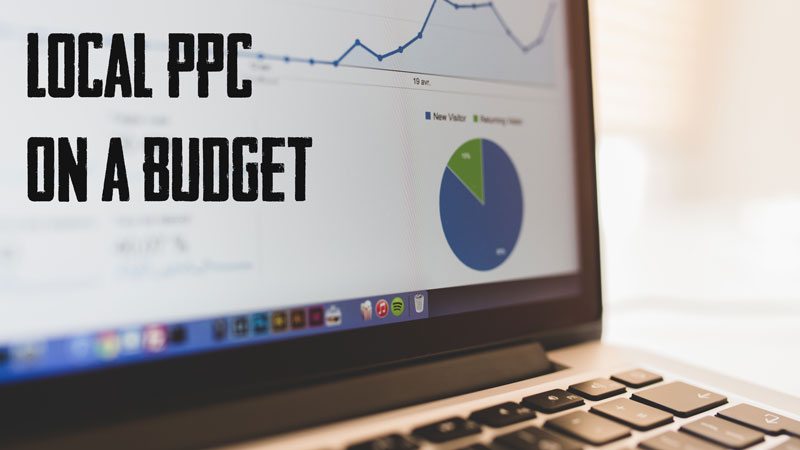How to Do Local PPC on a Budget: Part 3
 NOTE: This is Part 3 of a four-part series on how franchisees can effectively use a local PPC strategy, even on a limited budget. This week, Boyd will focus on relevant metrics for your PPC campaigns and some resources that can teach you how to do local PPC.
NOTE: This is Part 3 of a four-part series on how franchisees can effectively use a local PPC strategy, even on a limited budget. This week, Boyd will focus on relevant metrics for your PPC campaigns and some resources that can teach you how to do local PPC.
Metrics
Outside of Clicks, Impressions, Cost and Leads, the metrics below are ones that you want to achieve monthly. Clicks are always going to increase as you increase spend as long as CPC remains stable. Same with leads, if conversion rates and CPCs stay the same, leads are going to increase with spend.
Average Position
Maintaining an average position between 1-4 is ideal for local markets. This means you are competing well in the Search Engine Results Page (SERP). In some industries, it can be expensive to bid high enough to achieve this positioning. In other industries, it can be less expensive to remain at the top of the SERPs.
Click-through-rate (CTR)
There are two ways to look at CTR. Brand vs Nonbrand. Brand CTR will always be higher than Nonbrand.
If you think about it, people who search for your brand at much more likely to click on the ad than people who just search for a product that you offer.
Nonbrand CTR is always going to vary, but with Google or Bing PPC, you want to maintain a CTR from 1.0% to 4.0%. Anything above 4% is outstanding, and if your nonbrand CTR is below 1%, you should consider adjusting your ad copy. Basically, any product you offer should be in its own ad group with ads that are highly relevant to the keywords in the ad group.
Cost-per-click (CPC)
Cost-per-click is going to vary from industry to industry, but ideally you want to maintain a CPC between $1.75 and $3.00. Always look at the average position and the CPC together.
Example 1. If the average position is around 1.0 and the CPCs are around $3.00, you have an opportunity to decrease the CPCs and achieve a similar average position.
Example 2. If the average position is around 4.0 and the CPCs are around $1.75, you may need to increase bids to achieve a better average position.
Cost-Per-Lead (CPL)
CPL is calculated by Total Spend/Total Leads. This is where conversion tracking becomes extremely important. If you do not have an ecommerce website, then you want to measure your performance in Cost-Per-Lead. If the CPL is greater than the average cost of one of your products, then you need to adjust the campaign to improve performance.
If the CPL is significantly lower than the average cost of your product, then your campaigns are performing well.
Additional Tips and Resources
Subscribe to AdWords Blog
Subscribe to Location3’s Blog
Get the AdWords Certification
Utilize the AdWords Help Website
Check back next week for the fourth and final installation of How to Do Local PPC on a Budget, where Boyd will go into an advanced look at local PPC.
Stay In Touch.
Subscribe to our monthly email newsletter.
